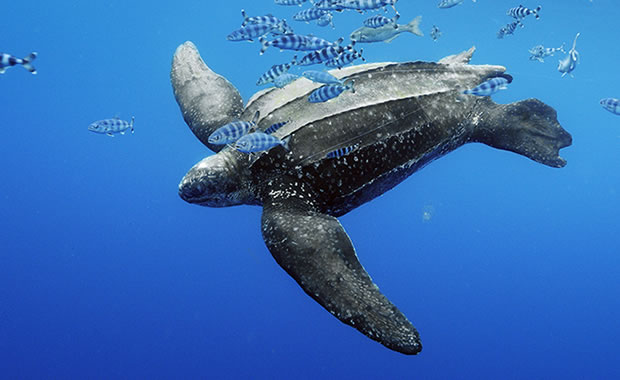
Creature Profile
The Cameroon clawless otter is a subspecies of the Congo clawless otter found in Cameroon and Nigeria. Congo clawless otters have small, blunt claws on all of their toes and they lack webbing on their front paws entirely. They have sharp, small teeth for eating the flesh of their prey. Their hair is short and they have weakly developed facial whiskers. Adults range from 30 to 38 inches in body length, and weigh between 33 and 55 lbs. Tail length ranges from 15.7 to 23.2 inches. Their fur is dark, chestnut brown in color with silver frosting on the head and neck, and the chest, nose and ears are white.
This species can be found in small swamps, ponds, and streams of heavy rainforests. Like other otter species, they are excellent swimmers. Diet consists mainly of eggs and small animals such as crabs, mollusks, and frogs. Little is known about the reproductive and social habits of this species due to its elusive nature and remote range. It is believed that Congo clawless otters are solitary until monogamous pairs meet only for mating. Some foraging groups have been observed, but may have been a result of territories overlapping. Females may give birth to one to six young after a gestation period of two months.
The main threat to the species is habitat loss and pollution, and clawless otters are also hunted for
Wikipedia Article

|
Wikipedia Article Copyright Notice: This article is licensed under the GNU Free Documentation License. It uses material from the Wikipedia article "Cameroon clawless otter". |
April 29, 2017
Glenn, C. R. 2006. "Earth's Endangered Creatures - Cameroon Clawless Otter Facts" (Online). Accessed 7/26/2024 at http://earthsendangered.com/profile.asp?sp=310&ID=1.
Need more Cameroon Clawless Otter facts?



